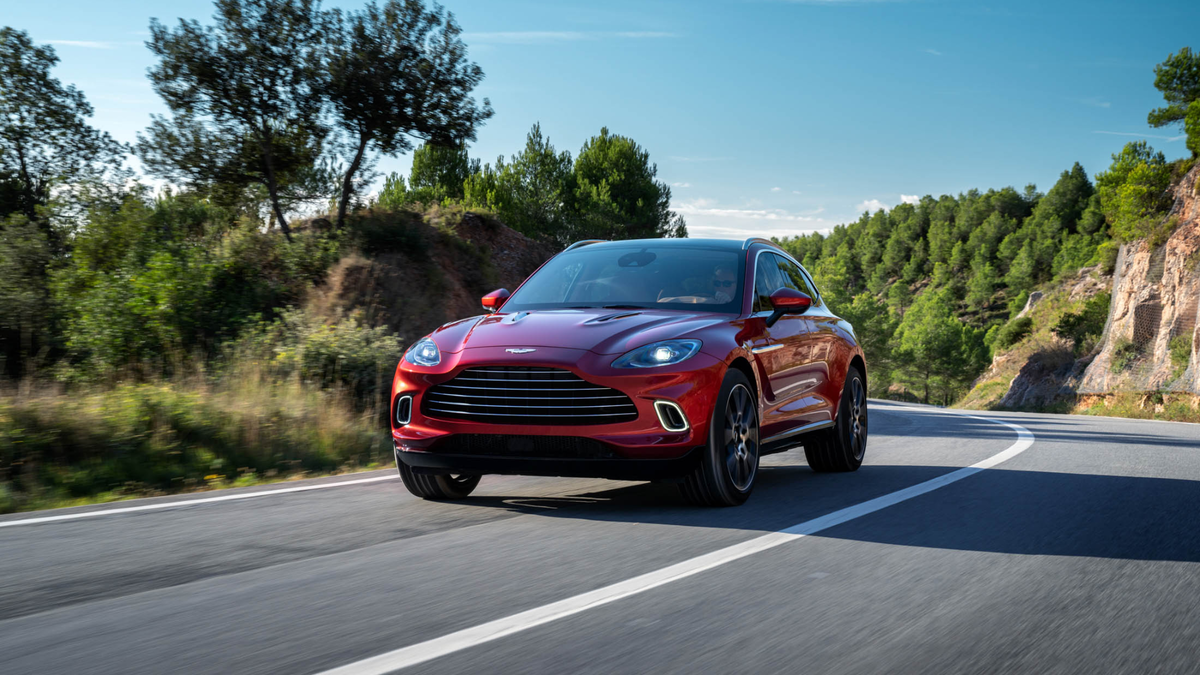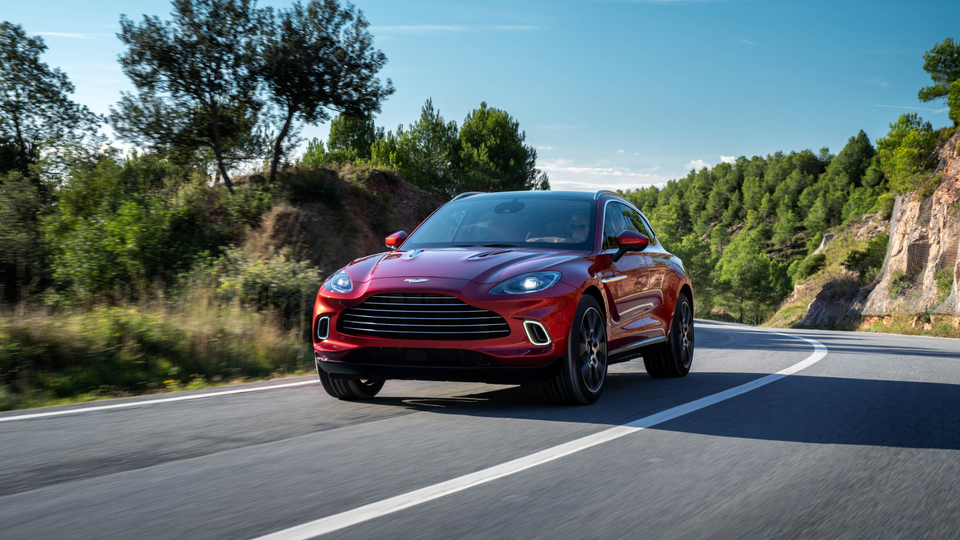Aston Martin belatedly joins SUV brigade with DBX
The struggling British sports car maker holds high hopes for its first family-friendly model.

Aston Martin has unveiled the first SUV in the storied sports car maker’s 106-year history. The DBX, one of the last luxury-brand SUV models to hit the market, jumps into a race of automakers intending to capitalise on buyers’ seemingly endless appetite for powerful and expensive SUVs.
It will compete against Bentley’s Bentayga and Rolls-Royce’s Cullinan on the high-end side; on the sportier side, Lamborghini’s Urus and Porsche’s Cayenne Turbo.
The US$357,000 DBX sits square in the middle of this set with a 405kW, twin-turbocharged V8 engine borrowed from the handsome DB11 coupe.
It gets 700Nm of torque and will go zero to 100km/h in 4.3 seconds, with a top speed of 291km/h. That beats some of the competition but not all: it’s faster than the massive Cullinan, though not as quick as the sexy Urus, which can reach 100km/h in three seconds.
A critical release
The DBX comes at a critical time for the Britain-based brand, whose shares are down 60 per cent in 2019 amid a challenging sales environment and Britain’s Brexit woes.
Aston is hoping DBX will balance out and bolster the million-dollar-plus limited-edition supercars it’s sold to great success recently.
While the Valkyrie and Valhalla are made in minute batches for only a few hundred buyers worldwide, selling out instantly, the SUV brings the brand to the masses, relatively speaking, by appealing to the needs of a wider spectrum of buyers.
“Obviously with an SUV, you start broadening the reach of appeal for both men and women,” says Aston Martin of Americas President Laura Schwab.
“The real trick of this car is that it’s so sporty-looking on the outside, and it drives like a sports car, but you can’t imagine the space [inside]. It’s a blend of performance and hand-built luxury.”
Similar, but different
Aston Martin’s five-seat SUV looks vaguely similar to many other recent debuts, as if it were a composite sketch of the Ford Mustang Mach-E, the Jaguar F-Type, and the Urus.
But it packs distinctive air vents in the hood, sculpted sides, and a rear end stacked up high in the back, with a small roof spoiler and a curved line of taillights swooping across it. A full-length panoramic roof floods the interior cabin with light.
A very wide “DB” grille stretches across the front of the vehicle, and frameless doors blend seamlessly into the sides, elongating the look of the car. The nine-speed automatic SUV 2245kg - less than a Bentley Continental GT, let alone the Bentley SUV.
The seats are trimmed in full-grain leather sourced from long-term Aston partner Bridge of Weir. A wool fabric cover is also available for the interior, as are other trims, including walnut wood and Alcantara.
The DBX’s connectivity and entertainment technologies are portrayed on a 10.25-inch touchscreen in the centre console, while a 12.3-inch touchscreen sits in front of the driver.
Apple CarPlay comes standard, as does a 360-degree camera system and ambient lighting that offers 64 different colours in two zones. The 40-20-40 split-rear seats leave 1530 litres of trunk space when they’re laid flat.
Reasons for optimism
That DBX competitors have exceeded sales estimates bodes well for Aston Martin, which will double its output when DBX hits full production levels. The Rolls-Royce Cullinan is on track to sell 5500 units in 2019, versus its original target of 3500; Bentley has sold 4000 to 5000 Bentaygas since it launched in 2015.
By 2023, Aston Martin plans to churn out 14,000 vehicles annually worldwide, a number bolstered largely with the advent of the DBX. It represents a huge jump: in its century-long history, Aston has sold fewer than 90,000 vehicles total.
This article is published under license from Bloomberg Media: the original article can be viewed here







Hi Guest, join in the discussion on Aston Martin belatedly joins SUV brigade with DBX